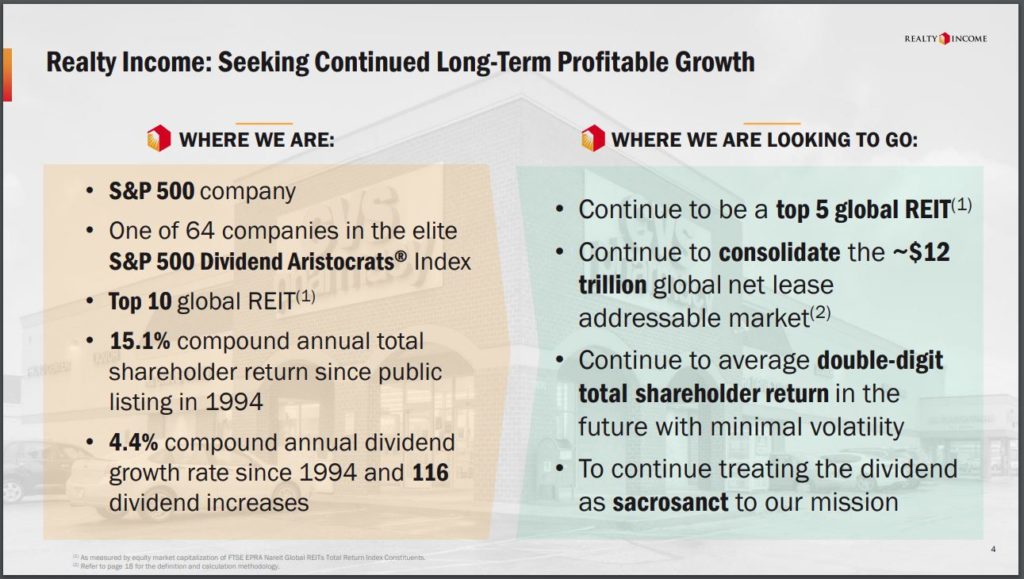Embark on a journey to discover the most effective ways to reduce your carbon footprint by optimizing your AC usage. From selecting energy-efficient units to implementing smart cooling strategies, this guide will equip you with the knowledge to make a positive impact on the environment.
Importance of Optimizing AC Usage

Optimizing AC usage is crucial in the efforts to reduce our carbon footprint and combat climate change. By making simple adjustments to how we use our air conditioning systems, we can significantly decrease the environmental impact associated with excessive energy consumption.
Environmental Impact of Excessive AC Usage
- Increased Energy Consumption: Running AC units for extended periods leads to higher electricity usage, which often comes from fossil fuel sources, contributing to greenhouse gas emissions.
- Ozone Depletion: Some older AC units release refrigerants that can harm the ozone layer, leading to environmental damage and climate change.
- Heat Island Effect: Overreliance on air conditioning in urban areas can exacerbate the heat island effect, where cities experience higher temperatures due to energy consumption and lack of green spaces.
Benefits of Reducing AC Usage on the Environment
- Lower Carbon Emissions: By using AC systems more efficiently, we can reduce the amount of electricity needed, resulting in lower carbon dioxide emissions and a smaller carbon footprint.
- Promoting Energy Efficiency: Optimizing AC usage encourages the use of energy-efficient models and practices, which not only benefits the environment but also helps save on electricity bills.
- Preserving Natural Resources: Decreasing the demand for energy-intensive cooling systems helps conserve natural resources like water and reduces the need for new power plants, which can have significant environmental impacts.
Choosing Energy-Efficient AC Units
When it comes to optimizing your AC usage for a lower carbon footprint, selecting an energy-efficient AC unit is crucial. Energy-efficient models not only help reduce your electricity bills but also minimize greenhouse gas emissions, thus contributing to a more sustainable environment.
Importance of Selecting Energy-Efficient AC Models
- Energy-efficient AC units consume less electricity, resulting in lower energy bills.
- These models have a reduced environmental impact by emitting fewer greenhouse gases.
- Choosing energy-efficient AC units supports global efforts to combat climate change.
Tips for Identifying Energy-Efficient AC Units
- Look for AC units with high Energy Efficiency Ratio (EER) or Seasonal Energy Efficiency Ratio (SEER) ratings.
- Check for ENERGY STAR certification, indicating that the AC unit meets strict energy efficiency guidelines.
- Consider inverter technology, which adjusts the compressor speed based on cooling needs, improving energy efficiency.
Comparing Energy Consumption of Different AC Models
- Compare the EER or SEER ratings of various AC units to determine their energy efficiency.
- Calculate the estimated annual energy consumption of each model to assess its impact on your carbon footprint.
- Opt for AC units with lower energy consumption to reduce your environmental footprint while staying cool.
Proper AC Maintenance
Regular maintenance of your air conditioning unit is crucial in reducing your carbon footprint. By keeping your AC system running efficiently, you can minimize energy waste and lower your overall environmental impact.
Maintenance Tasks for Energy Efficiency
- Regularly clean or replace air filters: Clogged filters restrict airflow, making your AC work harder and use more energy. Clean or replace filters every 1-3 months.
- Clean evaporator and condenser coils: Dirty coils reduce the efficiency of the cooling process. Schedule professional cleaning at least once a year.
- Check and seal ducts: Leaky ducts can lead to energy loss. Inspect ductwork for leaks and seal them properly to improve efficiency.
- Inspect refrigerant levels: Low refrigerant levels can indicate a leak and impact system efficiency. Have a professional check and recharge refrigerant if needed.
- Keep outdoor unit clear: Ensure the outdoor unit is free from debris and vegetation to maintain proper airflow and cooling efficiency.
Checklist for AC Maintenance
- Regularly clean or replace air filters every 1-3 months.
- Schedule professional cleaning of evaporator and condenser coils at least once a year.
- Inspect and seal any leaks in ductwork to prevent energy loss.
- Have a professional check refrigerant levels and recharge if necessary.
- Keep the outdoor unit clear of debris and vegetation for optimal airflow.
Smart Thermostat Usage
Using smart thermostats is a great way to optimize AC usage and reduce energy waste in your home. These devices offer a range of benefits that can help you save money on your energy bills while also lowering your carbon footprint.
Benefits of Using Smart Thermostats
Smart thermostats allow you to set specific temperature schedules based on your daily routine, ensuring that your AC is only running when needed. This helps to prevent energy waste by avoiding unnecessary cooling when you are not at home or during times when you are asleep.
Reducing Energy Waste with Smart Thermostats
Smart thermostats can learn your heating and cooling preferences over time, adjusting your home's temperature settings to maximize energy efficiency. They can also provide real-time energy usage data, allowing you to track and monitor your HVAC system's performance and make adjustments as needed.
Tips for Programming Smart Thermostats for Energy Efficiency
- Set a comfortable temperature range for when you are at home and adjust it slightly higher or lower when you are away to save energy.
- Utilize the scheduling feature to program your thermostat to automatically adjust the temperature based on your daily routine.
- Take advantage of geofencing capabilities to ensure that your AC is not running when you are not at home.
- Consider integrating your smart thermostat with other smart home devices to create a more efficient and connected home ecosystem.
Effective Cooling Strategies
When it comes to keeping your home cool, there are several strategies you can implement to reduce your reliance on the AC system. By incorporating natural ventilation, shading, insulation, and other methods, you can lower your carbon footprint while maintaining a comfortable indoor environment.
Utilizing Natural Ventilation
Natural ventilation plays a crucial role in reducing the need for constant AC usage. By strategically opening windows and doors to allow for cross ventilation, you can cool down your home without using any electricity. This not only helps in reducing your energy consumption but also promotes a healthier indoor air quality.
Shading and Insulation
Proper shading and insulation can significantly impact the temperature inside your home. By installing curtains, blinds, or shades on windows facing direct sunlight, you can block out heat and reduce the workload on your AC system. Additionally, ensuring that your home is well-insulated will help maintain a consistent temperature and minimize the need for frequent cooling.
Other Cooling Methods
In addition to natural ventilation, shading, and insulation, there are other methods you can utilize to keep your home cool. Using fans to circulate air, especially during cooler times of the day, can help maintain a comfortable temperature. You can also consider planting trees or creating outdoor shaded areas to reduce the overall heat absorbed by your home.
Final Conclusion
In conclusion, by following the tips and strategies Artikeld in this guide, you can significantly lower your carbon footprint while still enjoying a cool and comfortable living space. Let's take proactive steps towards a greener future by optimizing our AC usage today.
FAQ Resource
How can optimizing AC usage help reduce my carbon footprint?
Optimizing AC usage reduces energy consumption, which in turn lowers carbon emissions associated with electricity generation.
What are some tips for selecting energy-efficient AC units?
Look for units with high Energy Efficiency Ratio (EER) ratings and Energy Star certification to ensure energy efficiency.
Why is smart thermostat usage important for optimizing AC usage?
Smart thermostats help regulate temperature more efficiently, reducing energy wastage and carbon emissions.
How can natural ventilation reduce the need for AC?
By utilizing cross ventilation and opening windows strategically, natural airflow can cool your home without relying on AC.
What maintenance tasks should be included in the checklist for optimizing AC performance?
Tasks like cleaning or replacing filters, checking refrigerant levels, and inspecting ductwork can improve energy efficiency.




